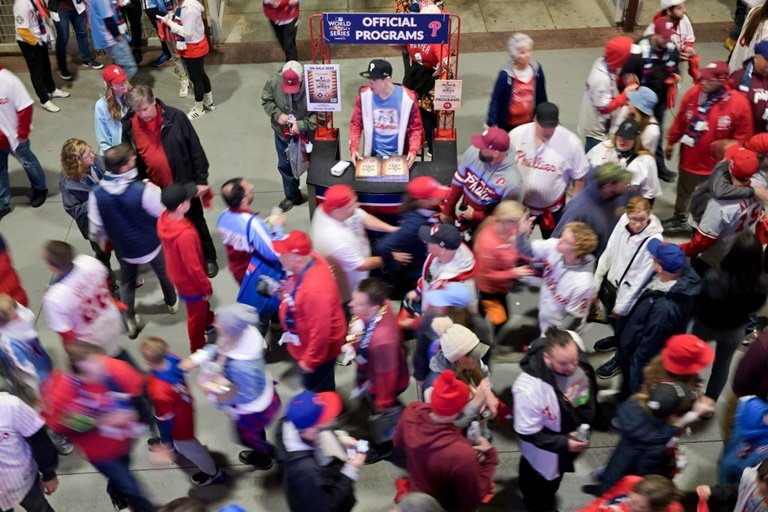The following has been edited and abbreviated for text. For more details and information, along with musical scoring and news clips, listen to the Football Today episode below.
On January 12th, South Wales Police used facial recognition in the South Wales derby between Cardiff City and Swansea City. It was the second time police had used facial recognition software in the derby this season.
This sparked protests at the game from Cardiff City supporters and Big Brother Watch with some supporters wearing masks, sunglasses and hoods, or wrapped scarves around their faces.
According to Tom Coleman who covered the game for Wales Online, “I think the most visible and perhaps the most striking part of that protest, was actually during the game because I don’t know if you’ve been to the Cardiff City Stadium, but Canton end is sort of the noisier end and where many of the more passionate fans congregate, and at the very top of the Canton end that same banner was placed up there and left there for the whole game.”
“In many ways, in front of a televised audience that was going around the world really, I think that was kind of the aim to get that message across.
It wasn’t just Cardiff City fans and Big Brother watch who had an issue with the use of facial recognition. Arfon Jones, the North Wales police and crime commissioner, is an outspoken critic of the “invasive” surveillance.
He said in October, “it is invasive, disproportionate and has the ability to reduce confidence in our policing.”
South Wales Police said it helps them prevent previously banned individuals from entering the stadium and causing further incidents. Essentially, the argue it’s a preventative measure.
Lets look at why this issue is an issue for football fans across the world.
Are there any examples of the use of facial recognition in football or other sport?
- 2017 Champions League Final: South Wales used the technology and falsely identified more than 2,000 people as potential criminals. The technology was only correct 92% accurate that day. South Wales police admitted that “no facial recognition system is 100% accurate”, but said the technology had led to more than 450 arrests since its introduction. It also said no one had been arrested after an incorrect match. They cited poor quality images as the main reason for these issues.
- Figures also revealed that 46 people were wrongly identified at an Anthony Joshua fight, while there were 42 false positives from a rugby match between Wales and Australia in November.
- · Clubs from Uruguay, Denmark, Netherlands and elsewhere have trialed the software
Are there any dangerous precedents in similar areas we should know about?
“We have seen examples of advanced tracking methods being installed in football stadiums in order to sort of have more evidence against particular fans,” says Felix Tamsut, a freelance writer who covers fan culture in Germany.
“The best example I can give is like a few years ago when Borussia Dortmund played away at Hoffenheim. Obviously, Borussia Dortmund fans are vehemently against Hoffenheim’s owner [Dietmar Hopp] because they perceive his ownership of Hoffenheim as a breach of the 50+1 rule in Germany and there were lots of protests in that fixture before and basically as a result, there were special microphones installed in the away end in order to capture any offensive singing against Hopp. Some fans were actually prosecuted because of that. They went to court and they were found guilty by the court.”
“But the precedent is certainly there. The precedent shows that you don’t necessarily need a law in order to do that, like some clubs or some authorities decided to do it on matters that are regardless of the laws. The precedent is certainly there and that’s worrying game of itself.”
How accurate is it?
One core issue we’ve already mentioned is its inaccuracy. Facial recognition software is not 100% accurate and people have claimed the technology has wrongly accused them of crimes they didn’t commit.
It is especially inaccurate and prone to bias when used against people of colour: a test of Amazon’s facial recognition software found that it falsely identified 28 members of US Congress as known criminals, with members of the Congressional Black Caucus disproportionately represented.
What else is at stake?
Says Tamsut, “The perception of innocence for every single person is something that is shifted as a result of this, as far as I’m concerned. Once police has more and more of keeping track of people, that basically says that my assumption of innocence basically goes a level below.”
“People here get the feeling that the assumption is that people will commit crimes at some point instead of assuming people are instance unless crimes are committed. And that’s I think that’s a problem.”
Can Serie A use facial recognition to solve its racism problem?
Serie A has reportedly considered using the technology to solve its racism crisis. Tamsut feels this is using facial recognition to prevent fans who have been accused of racism into the stadium is a lazy of solving the real problem. “I think this is basically the easy way out when it comes to counter racism work.”
“I think by saying, we’re going to install surveillance cameras or facial recognition systems in order to identify racists, it’s basically saying we don’t have any other way of dealing with racism. It’s basically saying we can’t counter racism in society. So we’ll just make sure that people that say racist things are not at the stage.”
“It’s a good opportunity to remind people that when people are not at the stadium, they’re somewhere else. It’s not like the people disappear from society races will exist further in society.” – Felix Tamsut, journalist covering fan culture
“As far as I’m concerned, this is a very makeshift solution. The real solution should be and will always be educational work and preventative work and football and in society.”
Are there any unintended consequences?
“I think one of the main repercussions it could have in the long term is it sort of contributes to the perception that many of the authorities have about football fans, the perception of the football fan as a potential criminals just by definition,” says Tamsut. “The more you sort of put football fans in the focus of new police measures, the more this notion keeps on getting stronger and stronger.”
“I always say that when I talk to people in those circles that when you treat people like criminals, some of them will start behaving like it. And this is something that we certainly don’t want. We want dialogue.”



